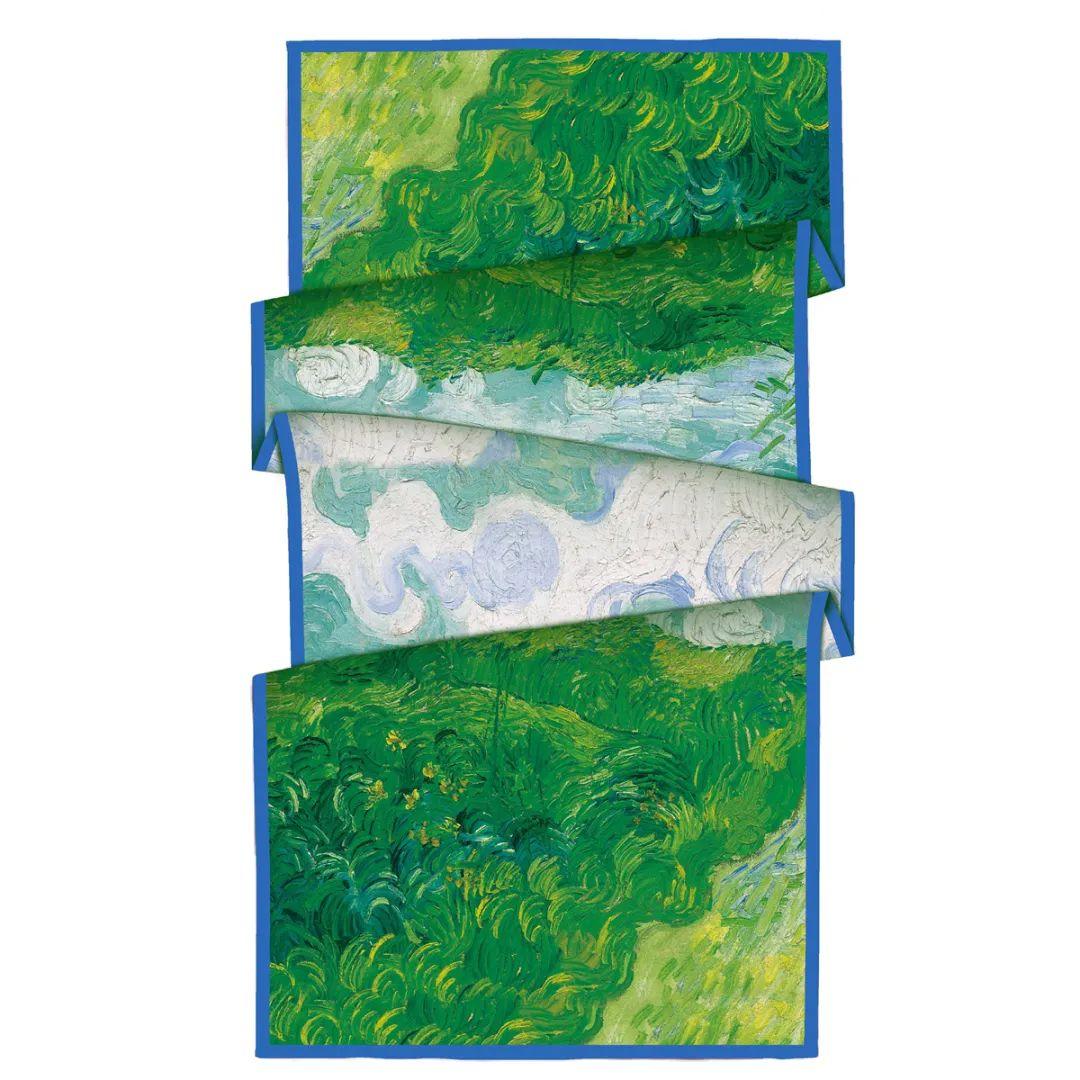How did the Palestinian Keffiyeh - adopted by many in the Arab world and across the globe, worn by many of the world's most famous figures, from Nelson Mandela to Madonna to Fidel Castro - become accepted around the world?
Originally a common white cloth in Palestine, it was worn for centuries by male farmers and Bedouins as a practical headwear to help protect against sunburn, dust and sand. In contrast, Palestinians often wear red Palestinian Keffiyeh.
Back in the 1930s, Palestinians with different backgrounds got together to fight against British colonial rule. The headscarf became a symbol of political resistance. The red and white headscarves were made of thick cotton. Surprisingly, they were usually made in British cotton mills at that time. They became the standard headwear for the British colonial police forces in Palestine, the Sudanese Defense Forces, and the Arab Libyan forces. As time went by, they became so popular that Palestinians also wore them.
As the Palestinian resistance movement flourished in the 1960s, the symbolism became more pronounced with the widespread adoption of the headscarf by revolutionary figures, including the chairman of the Palestine Liberation Organization (PLO), Yasser Arafat. Arafat gained international fame for founding Fatah, an organization dedicated to liberating Palestine through armed struggle against Israel.
Gradually, many Westerners also began to wear it. Initially, Westerners who wore the Arab headscarf were expressing solidarity with the Palestinian resistance movement, most of whom were "anti-war activists of the late 1960s". But it soon became a symbol of anti-imperialism and left-wing politics, with revolutionary figures such as Fidel Castro and Nelson Mandela wearing three color Keffiyeh , who opposed Israel's racial segregation against the Palestinian people. "We are very clear that our freedom is incomplete without the freedom of the Palestinians," Mandela declared in the year, three years after the official end of South Africa's apartheid system.

As the hijab gained popularity in the West in the late 1970s and 1980s, it transformed from a symbol of Palestinian unity to a universal symbol of liberal and anti-authority sentiment, and was used by artists such as Madonna, who was photographed wearing the hijab in 1982, with it draped around her neck. By the end of the 1980s, it had traveled the path of countless counterculture styles, and was eventually embraced by popular fashion and turned into a fashionable accessory.
The trend of hijab as a fashion accessory continued in the 1990s: Carrie Bradshaw wore one of these headscarves in the fourth season of Sex and the City, and Raf Simons's rendition of the scarf is part of his Riot Riot series. By the mid-2000s, with the rise of "hipsters," it had become ubiquitous, with everyone from Kirsten Dunst to David Beckham and even Meghan McCain seen wearing black Keffiyeh, Completely divorced from its revolutionary roots.

icolas Ghesquiere's Balenciaga Fall 2007 'Traveler' collection cemented this headscarf's status as a hot item. Ghesquiere invited Brazilian model Flavia de Oliveira to wear the scarf on the runway, and it was named one of W magazine's top 10 accessories for Fall 2007. A few months later, Isabel Marant also created headscarves and army-green khaki for models as part of her spring 2008 collection. By this point, the headscarf had become unavoidable。
Many people try to see the hijab as a symbol of hatred and terror. In 2008, at the height of its mainstream popularity, complaints about Rachael Ray wearing it in a Dunki by n 'Donuts commercial led to the AD being pulled, The move was praised by Michelle Malkin, a conservative political commentator, who called the hijab "hate fashion," adding to her rhetoric. In Berlin, schoolchildren were banned from wearing scarves because authorities said "this could be interpreted as advocating or approving attacks on Israel, or supporting terrorist organizations that carry out these attacks."
"When the headscarf was back in the spotlight, it was in a very different cultural climate than it was in the mid-2000s." Over the past decade, social media has brought political awareness and activism into mainstream youth culture. Society is increasingly aware that cultural appropriation is a controversial issue. Many have rediscovered the history and meaning of the headscarf, creating images to explain the history and meaning of textiles: the olive leaf pattern represents olive cultivation, the fish-net pattern represents the Mediterranean Sea, and the bold lines that run through the textile design represent trade routes through historic Palestine. Now understood as a symbol of advocacy for the Palestinian cause, the hijab embodies a greater desire for social justice and decolonization.



